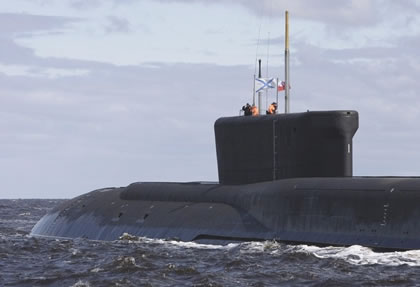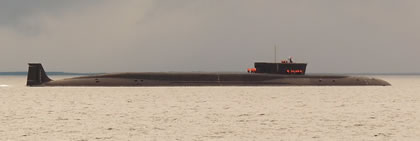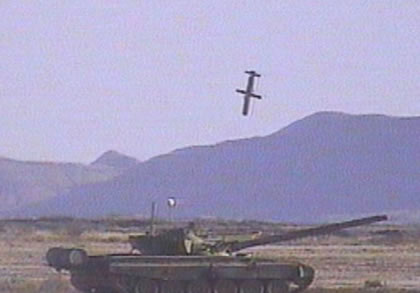August 26, 2009: The U.S. Navy has approved the Shipboard Protection System (SPS) for low-rate initial production (milestone C). The SPS was initiated as an Anti-Terrorism/Force Protection (AT/FP) initiative in 2005, integrating ad-hoc protection measures deployed, after Navy vessels experienced repeated attempted attacks in the Arabian Sea and Gulf of Aden,following the devastating attack by suicide fast boats on the USS Cole (DDG 67) at the port of Aden in October 2000. SPS was tailored for multiple classes of U.S. Navy ships, enhancing self-protection against asymmetric threats by coordinating multiple sensors, weapons, equipment, personnel and procedures with no increase in manning.
The system was developed by the Naval Surface Warfare Center (NSWC) Dahlgren, over a short, three-year span. “Starting with guided missile destroyers, SPS will provide warfighters additional capability to help protect Sailors from attacks similar to the small-boat attack on the USS Cole (DDG 67)” Said Capt. John Day, program manger for Anti-Terrorism Afloat Program Office at Dahlgren.
Deployment Schedule Announced:
Energetic efforts increasing vessel- protection followed the devastating attack by suicide fast-boats on the USS Cole (DDG 67) at the port of Aden in October 2000. SPS was tailored for multiple classes of U.S. Navy ships, enhancing self-protection against asymmetric threats, by coordinating multiple sensors, weapons, equipment, personnel and procedures with minimal manpower increase.
The system was developed by the Naval Surface Warfare Center (NSWC) at Dahlgren, over a short, three-year span. “Starting with guided missile destroyers, SPS will provide warfighters’ additional capability helping protect Sailors against attacks, similar to the small-boat attack on the USS Cole(DDG 67)” Said Capt. John Day, Program Manager for the Anti-Terrorism Afloat Program Office at Dahlgren.
As part of the Low Rate Initial Production (LRIP) phase, up to 12 systems will be delivered and installed on DDG-51 class destroyers. The system will be mounted through the installation of equipment and software sub-sets, or “block” upgrades to ensure early delivery of systems to combat ships. Future enhanced capabilities will continue to be incorporated, as research-and development efforts mature and available resources permit. The first four ships to receive the developmental systems were USS Benfold (DDG 65), USS Donald Cook (DDG 75), USS Laboon (DDG 58), and USS Oscar Austin(DDG 79). Installation and testing of SPS on Aegis class cruisers, “L” class amphibious assault ships and aircraft carriers is anticipated in fiscal year 2012.
USS Benfold (DDG 65) was the first ship to be outfitted with an early version of the system – SPS Block 1. This configuration integrated the radar with two stabilized electro-optic (EO) payloads capable of identifying and engaging high-speed seaborne craft. The system provides a flexible-layered defense in all directions, enhancing situational awareness and providing early warning of small-boats approaching with suspect hostile intentions. By increasing operational efficiency and flexibility, deterrence is also improved, as specific procedures can be implemented along preset engagement-zones, providing ship commanders more time for the detection, identification, decision, engagement, and assessment sequence.
“Once fully integrated into the ship’s combat doctrine, SPS gives us much better situational awareness,” said Lt. Steingrube, Benfold‘s weapons officer. “It will take much of the guess-work out of a contact’s distance, and will help us to better assess potential threat’s intentions.”
SPS Components
The system provides protection while the ship is in port, at anchor or at sea. The crew can visually identify and track watercraft threats from the ships console, using electro-optical infrared (EO/IR) sensors, integrated with the ship’s AN/SPS 73 Surface-Search Radar – a short-range, two-dimensional radar system, providing contact range and bearing information. By tracking and visually identifying each potential threat’s distance, attitude and behavior, the crew can tell if an incoming, still unidentified craft, is just a fishing vessel that might have gotten lost, or a potential threat to their vessel.
The system is controlled by two consoles – one located in the ship’s combat information center (CIC) and another on the bridge, both are displaying surveillance, environmental, and tactical information required by the commander, onboard watch officer, or other AT/FP decision-makers.
Follow-on enhancements introduced with the system’s Block 3 versions have integrated pan-and-tilt acoustic hailers, which will provide a loud warning of pre-recorded messages to incoming craft, on approaching a Naval exclusion zone. The system will also have high intensity spotlights and could also use remotely controlled laser dazzlers, as a ‘non lethal effector’, deterring potential aggressors. Heavy machine guns provide a last line of defense – typically, such systems employ a .50 caliber weapons mounted on remotely controlled pedestal.


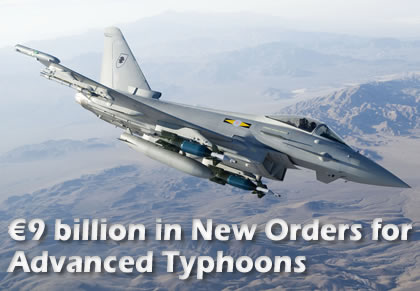


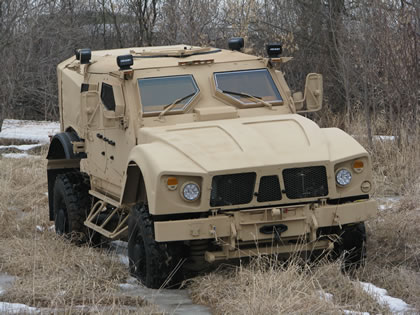
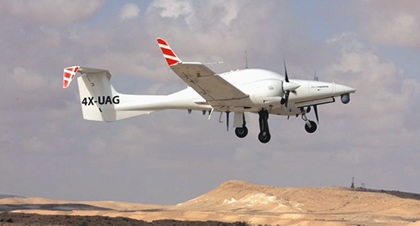
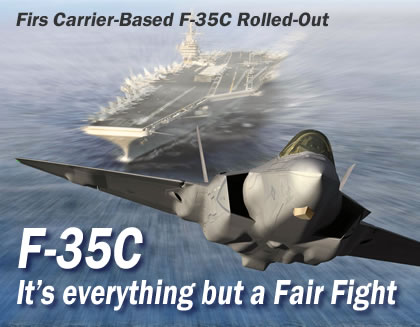



 On paper the Kremlin has allocated plans of military orders totaling 1,300 RUB (billion Russian Rubbles), of which 332 billion RUB will be acquisitions of new military hardware. However, analysts estimate that these figures were set before the world economic crisis eradicated such planning all over the world and Russia would not be excluded from this trend. Aging weapons, poor maintenance and ‘rank-and-file officers who don’t want to do anything’ mean the Russian military was on the verge of a ‘catastrophic crisis’ and if forced into action would most probably have to rely on the use of strategic nuclear weapons, which seem to be the only ones still fully operational.
On paper the Kremlin has allocated plans of military orders totaling 1,300 RUB (billion Russian Rubbles), of which 332 billion RUB will be acquisitions of new military hardware. However, analysts estimate that these figures were set before the world economic crisis eradicated such planning all over the world and Russia would not be excluded from this trend. Aging weapons, poor maintenance and ‘rank-and-file officers who don’t want to do anything’ mean the Russian military was on the verge of a ‘catastrophic crisis’ and if forced into action would most probably have to rely on the use of strategic nuclear weapons, which seem to be the only ones still fully operational.  Such a somber assessment came recently not from a junior coop-seeking reporter, but from the top itself, none other that Russian Chief of the General Staff and First Deputy Defense Minister Army-General Nikolai Makarov. (left photo) The General warned, among others, that the Russian air force is not procuring sufficient numbers of new modern aircraft and has fewer servicable aircraft, manned by insufficiently combat-trained pilots, which are incapable of conducting modern era combat operations.
Such a somber assessment came recently not from a junior coop-seeking reporter, but from the top itself, none other that Russian Chief of the General Staff and First Deputy Defense Minister Army-General Nikolai Makarov. (left photo) The General warned, among others, that the Russian air force is not procuring sufficient numbers of new modern aircraft and has fewer servicable aircraft, manned by insufficiently combat-trained pilots, which are incapable of conducting modern era combat operations.

